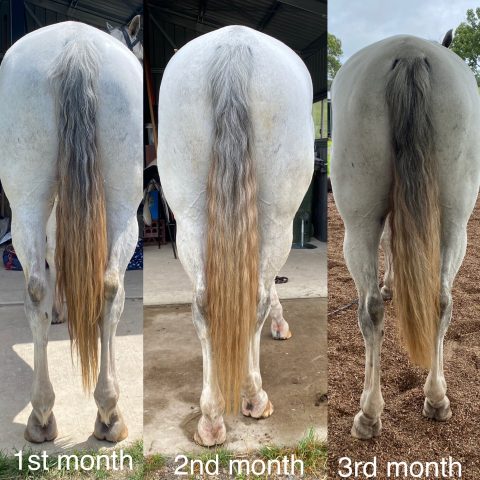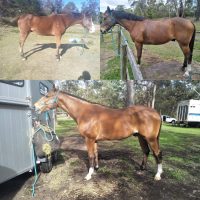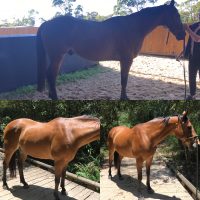Horse welfare – A Game of Margins
A Game of Margins – Where the fine details complete a whole image.
Every little detail matters
I often get asked what I do.
However, I find it difficult to explain as “What” depends on the horse before me.
However, if I were to Generalise what I do:
- I look at the horse in front of me and observe, listen and learn
- I look at how he moves
- I look at how he breathes
- I look at how he observes his surroundings
- Is he sad
- Is he inquisitive
- Is he cheeky
- Is he guarded
I will not second guess myself while I think, I watch, I observe, and I study the same horse.
The horse will also observe and understand me.
He will always achieve an understanding of me and reach his conclusion before I have reached mine.
He watches, studies and observes;
- How I arrive at the barn
- How I interact with my horses
- How I speak to my horses
- How I handle them
- How they work during the ride or In-Hand work
And most importantly;
- How I make them feel.
This is so important for horses that come to me in my place, my comfort zone. They come with their stories, their past and their trauma.
It is often that they have been asked more than they can handle.
It is in their body that tells the story.
When I work him, he observes:
- Do I pay attention and give him a break when he needs it.
- Am I encouraging him to try a little bit more as he searches for his balance?
- Will I stop before he shuts down and shuffles along mindlessly?
Remember; They let us ride them; they let us move them around for our enjoyment.
Although sometimes, unknowingly, we make decisions that are not healthy for them.
I would like to have endless time to work with them.
Sometimes the only thing I can ask is one step more than yesterday.
One step towards recovery, to let go of brace, tension or just the breath he is holding.
To earn the trust of the horse, so he knows I would never misuse him.
Like watching the grass grow in the middle of winter, they all, with time, slowly come back.
Often, during riding lessons, we are told the mechanics on how they ‘should’ move, or what a movement ‘should’ look like.
But what about how it feels?
I like to teach the feel of riding – when and how the back lifts.
The timing of the gait, when the feet come off and make contact with the ground. What is the feeling of this movement?
It is a subtle yet articulate conversation you learn to have through your seat, your legs and your rein.
Soft and smooth is comfortable to sit to, provided it is with lightness and lift, not forcing a false balance with jarring and jolting the contact of the horse.
Are you feeling softness through your fingers?
Contact comes through every point of your body connected to the horse.
I like to let the horse offer the movement and guide them along. Give him an idea, make it a guided puzzle to solve and not a forced opinion on how it must be done.
Now the learning comes – how to respond
Ask your horse to find a healthy, sustainable frame with balance, alignment and self-carriage. This is dependent on the ability of each individual horse. His potential strength and co-ordination will be determined by beneficial changes made which are sympathetic to his specific circumstances.
To determine this sweet spot and to encourage them to stay on the line between being too careful and overusing the body negatively.
- now listen – be open to his side of the conversation; it is time for him to be heard. Both the good and the bad. This takes feeling and feeling must be learned, be kind to yourself, feeling is individual.
- Give your horse courage. The courage to let go of brace, the courage to soften and move with ease and flow. This is important at the beginning, you yourself must be brave to take it steady and slow and start one step at a time.
- They will sometimes have a real fear of losing balance as a brace may have held them steady for a long time. Being rigid with brace and tension has provided stability for the worries and fears of weakness in a prey animal. To lose stability is a death sentence in his mind. We must slowly release the brace to rehabilitate not just the body, but also the mind.
- Timing is key. Co-ordination is the game. Learning is the hard part. Listen, and you will both reap the rewards.
Everywhere you look, the tiny marginal changes will come.




Feel free to contact me
https://balanceddressage.com.au/contact-balanceddressage-com-au/




